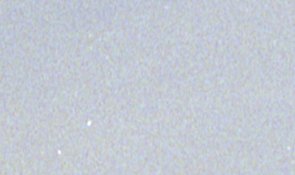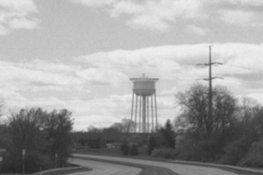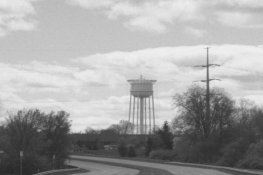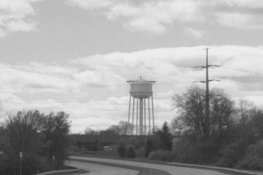giglaeoplexis
Member
Greetings,
I only have my own negatives to which to compare so I'm putting this here. Perhaps someone can offer some guidance, suggestions, or at least confirm what I'm seeing.
I'm seeing bands and lines in the grain of scans - both color and black & white. The color negative was processed by a lab, a couple weeks ago. The black & white, I processed myself in 1995, Both were scanned in the last few days on an Epson V550. I've scanned directly on the glass AND scanned using the Epson negative holder with and without the Better Scanning ANR glass insert. While the Better Scanning ANR glass removes newton rings, all scans exhibit the same lines and blotching/banding.
The attached scans were made at 6400 dpi and are at 1:1 (100%).
Is this just the way negatives look at 100% zoom or is there something else going on here?
Thanks,
Jonathan
I only have my own negatives to which to compare so I'm putting this here. Perhaps someone can offer some guidance, suggestions, or at least confirm what I'm seeing.
I'm seeing bands and lines in the grain of scans - both color and black & white. The color negative was processed by a lab, a couple weeks ago. The black & white, I processed myself in 1995, Both were scanned in the last few days on an Epson V550. I've scanned directly on the glass AND scanned using the Epson negative holder with and without the Better Scanning ANR glass insert. While the Better Scanning ANR glass removes newton rings, all scans exhibit the same lines and blotching/banding.
The attached scans were made at 6400 dpi and are at 1:1 (100%).
Is this just the way negatives look at 100% zoom or is there something else going on here?
Thanks,
Jonathan
















